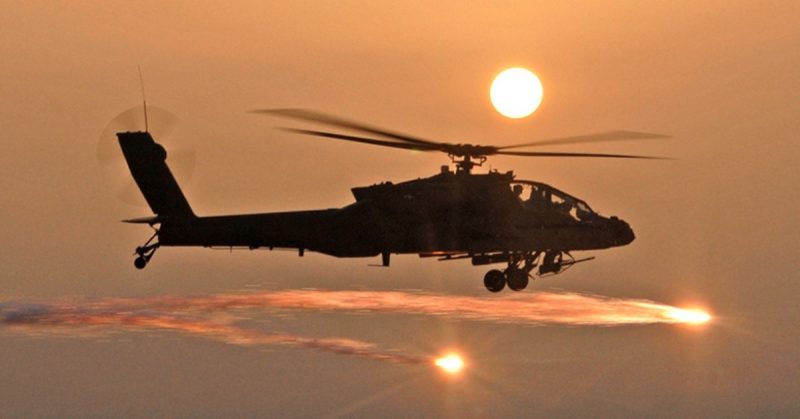The US Army has ordered emergency retrofits on AH-64E Apache helicopters in order to verify that the fasteners on their rotor blades are not defective. The retrofit effort has been ongoing since June 2018.
The order came after officials learned that bad weather and salt water in coastal regions could lead the eight “strap pack nuts” on each of the rotary blades to reach the end of their life expectancy sooner than projected. It was announced in February that technicians were inspecting the rotary blades both before and after each flight because of this issue.
Major General Douglas Gabram is the head of the US Army’s Aviation and Missile Command. He said that a fail-safe collar known as a “mega nut” is being installed on the Apache helicopters to prevent a catastrophic failure should the strap pack nuts fail.
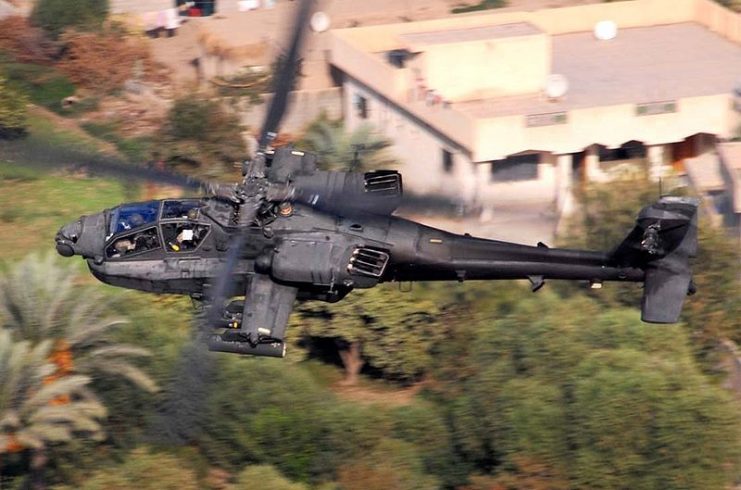
It was revealed in March that the US Army had stopped accepting deliveries of the AH-64E helicopters from Boeing due to concerns about the safety of the rotary blades. In August, the deliveries resumed. The mega nut is being installed at no cost to the US government or foreign militaries that use the aircraft.
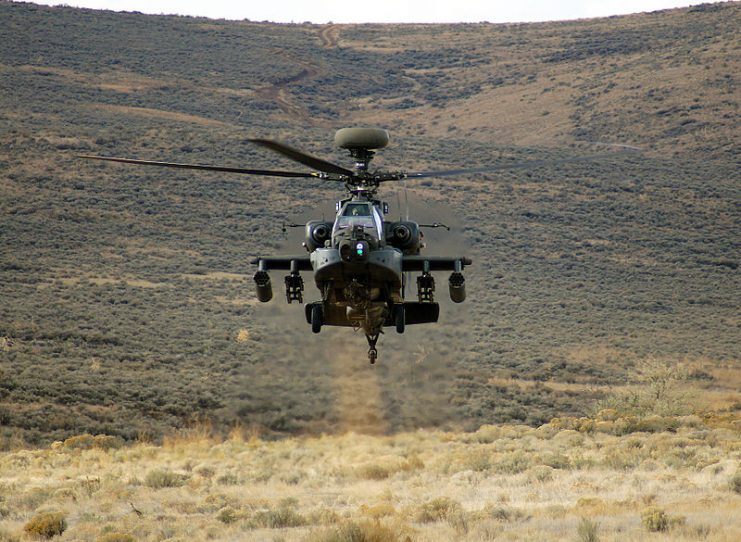
At this point, only nineteen percent of the Army’s Apache helicopters have received the mega nut. The first aircraft to be retrofitted were those that operate in coastal areas with severe weather. The service is retrofitting the helicopters at a rate of two battalions per month, and the process is expected to be completed by the end of 2019.
Major General William Gayler, the commander of both the Aviation Center of Excellence and Fort Rucker, Alabama, called the Apache helicopter “incredibly capable.” The aircraft has been in use since its introduction during the Cold War, and Gayler said that he expects the Army to continue flying the Apache helicopter into the 2040s.
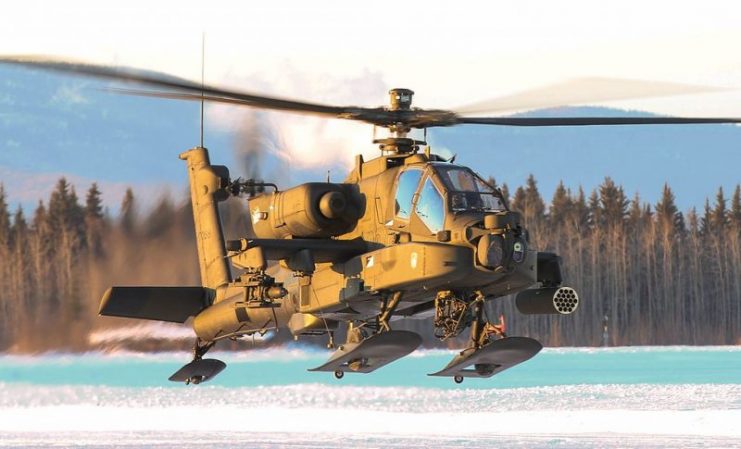
Although the Army is looking into alternative aircraft as part of its Future Vertical Lift initiative, it does not currently intend to replace the Apache. One aircraft they do plan to replace is the long-range assault UH-60 Black Hawk helicopter. They also hope to have a new armed reconnaissance aircraft ready by 2028.
In their 2019 budget request, the US Army listed plans to purchase 12 new AH-64E helicopters for $285 million. They requested another $928 million to purchase 48 remanufactured AH-64Es. These requests are in the 2019 National Defense Authorization Act. A House-Senate working committee is still completing work on the appropriations for final funding.
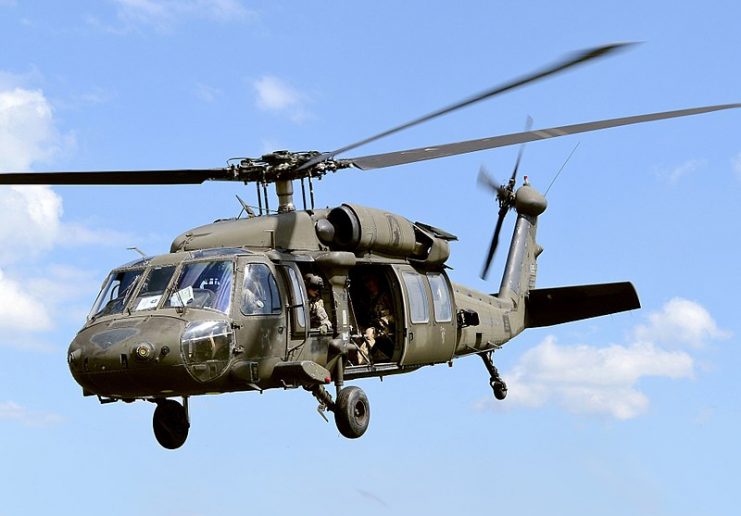
The Future Vertical Lift initiative is led by the Army but involves multiple branches of the military. The goal is to develop next-generation capabilities in their reconnaissance, utility, medical evacuation, and attack aircraft. For more than 35 years, the Army has incrementally improved their helicopters without developing any revolutionary new technologies. This initiative is their attempt to rectify that situation.
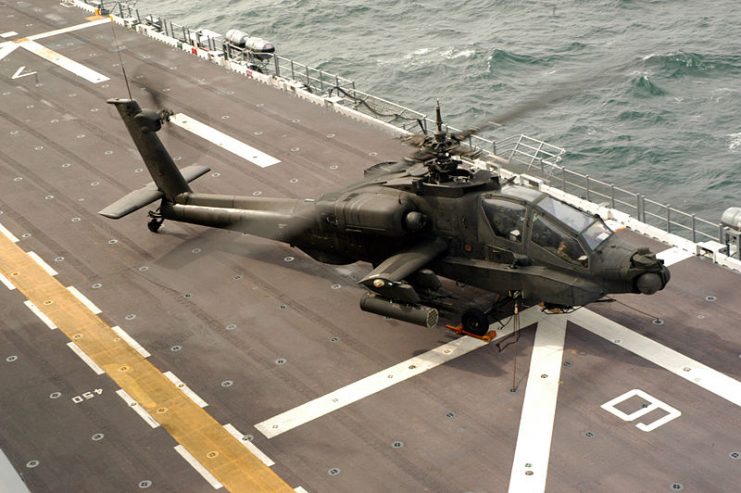
Read another story from us: Super Support Weapon – AH-64 Apache Missions in Iraq
Other main focuses of the Future Vertical Lift program are reliability and maintainability. The goal is to create a sustainable and affordable life cycle with maintenance-free periods for aircraft. The Army sees this project as an important way for it to maintain an advantage in the future, wherever it may be required to serve its country.
